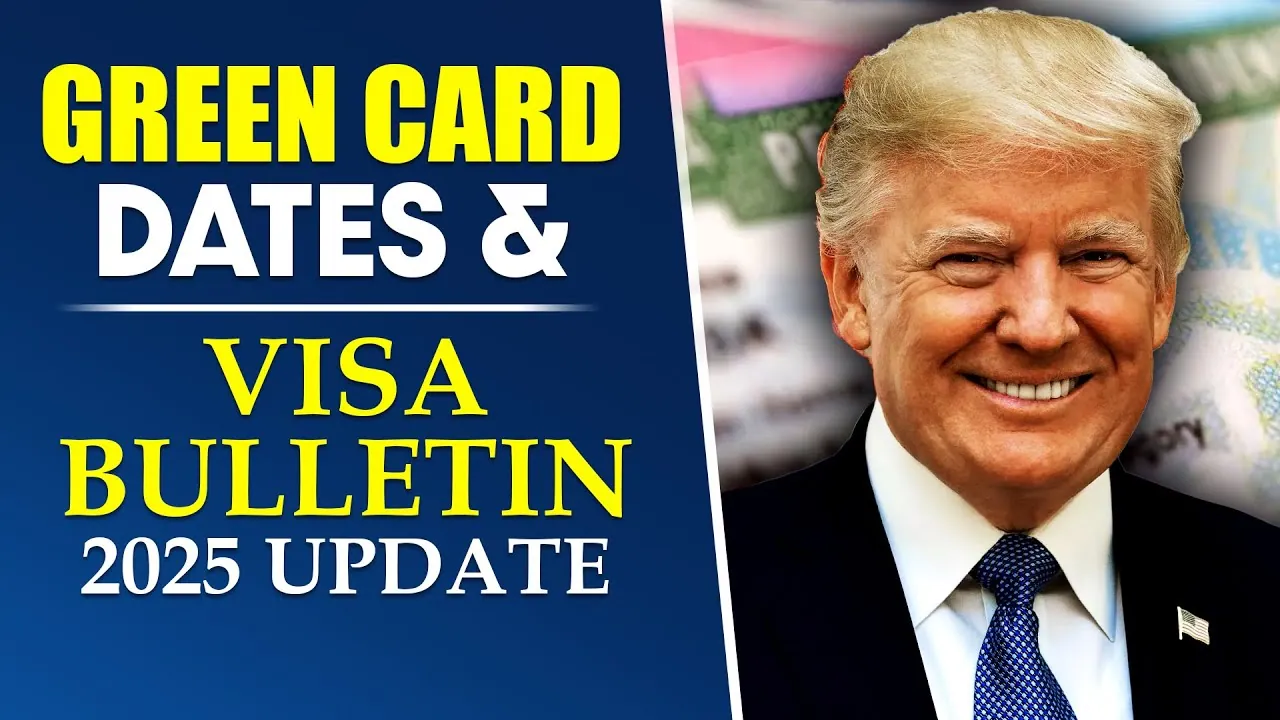
Introduction
Each month, the U.S. State Department releases a simple but powerful document: the Visa Bulletin. For green card applicants, family sponsors, and immigration lawyers, it’s a must-watch.
The August 2025 bulletin brings more than the usual updates—it includes much-anticipated movement in both family and employment-based categories. For many waiting in long lines, these shifts could mean it’s finally time to act.
What Is the Visa Bulletin and Why Does It Matter?
The Visa Bulletin tracks who’s next in line for a green card. The key is your priority date, which is the day your petition was filed. That date determines when you can move forward.
Each monthly bulletin lists two important sets of dates:
- Final Action Dates – When the government can issue a green card.
- Dates for Filing – When you can submit your application, even if approval comes later.
Because there are yearly caps—both by category and by country—the bulletin helps applicants see when it’s their turn to move forward.
What’s New in the August 2025 Visa Bulletin?
Compared to July, the August bulletin brings modest but important shifts in both family- and employment-based categories.
In family-sponsored categories, there’s forward movement in most groups, with noticeable gains for applicants from Mexico and the Philippines. In employment-based categories, India and China saw slight but meaningful progress in EB-2 and EB-3.
Family-Sponsored Visa Category Changes
F1 – Unmarried Adult Children of U.S. Citizens
Priority dates moved forward by two to three weeks. Progress is slow but welcome.
F2A – Spouses and Minor Children of Green Card Holders
This category remains current across all countries, meaning applicants can continue to file without delay.
F2B – Unmarried Adult Children of Green Card Holders
One of the more active categories this month. Most countries saw a jump of over a month. Applicants should be preparing their next steps now.
F3 & F4 – Married Children and Siblings of U.S. Citizens
There’s been slight forward movement, but delays remain significant—especially for India and the Philippines.
Employment-Based Visa Category Movement
EB-1 – Priority Workers
Current for most countries. India and China saw minor improvements.
EB-2 – Advanced Degree Professionals
India advanced by about three weeks. China held steady. All other countries remain current.
EB-3 – Skilled Workers and Professionals
India moved ahead by about a month. China saw a small bump. The rest of the world remains current—good news for newly eligible applicants.
EB-4 – Special Immigrants
Still backlogged. No significant changes this month.
EB-5 – Immigrant Investors
Remains current for most countries. China and India are still backlogged but saw no new delays.
What This Means for Applicants
If your priority date is current under the Final Action Dates, you may be eligible for green card issuance. If it’s only current under the Dates for Filing, you can submit your adjustment application (Form I-485) early to get a head start.
This is the right time to:
- Review your case
- Gather updated documents
- Complete required medical exams
- Coordinate with your attorney (if applicable)
Being ready when your date hits can save you time and headaches.
What to Watch in the Coming Months
With the government’s fiscal year ending on September 30, visa numbers may be reallocated, often creating last-minute movement in backlogged categories.
There are also quiet discussions about possible administrative changes—especially around how visa caps are handled by country. While nothing is official, policy tweaks or political shifts during election season could impact future bulletins.
Final Thoughts
The August 2025 Visa Bulletin may not bring sweeping change, but it offers hopeful signs—particularly for F2B and EB-2 applicants from India. Small steps forward are still steps in the right direction.
If you’re tracking your own case, now’s the time to act. Stay current, get your documents in order, and speak to an immigration professional if you’re unsure about next steps.
You can check the official bulletin at the Visa Bulletin – U.S. State Department.
Frequently Asked Questions (FAQ)
What happens if my priority date is current?
You can move forward with your green card application. If you’re in the U.S., file Form I-485. If you’re applying from abroad, you’ll hear from the National Visa Center for the next steps.
What’s the difference between Final Action Dates and Dates for Filing?
Final Action Dates mean your green card can be approved. Dates for Filing let you submit paperwork early to start processing.
What is retrogression?
It’s when the priority date moves backward due to demand exceeding the available visa supply. Your application is paused until your date becomes current again.
Can priority dates move forward and then back?
Yes. It’s common near the end of the fiscal year or during periods of high demand. Staying updated monthly is key.
Do all green card categories have the same wait times?
No. Wait times vary based on the visa type and applicant’s country of origin. Countries with high demand—like India, China, Mexico, and the Philippines—often have longer delays due to country-specific limits.




Jäta vastus